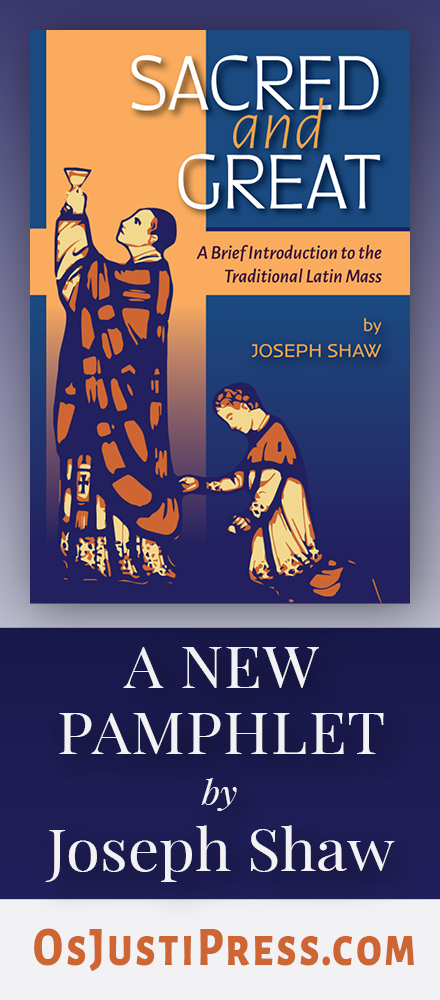A reader and former parishioner of Our Lady of Lourdes in Philadelphia, PA. USA, pointed out this delightful parish to me.
Besides being architecturally beautiful, it looks as though, liturgically, the parish has some very good things going on as well. The fact that we can keep discovering and pointing out so many of these parishes is a good sign indeed that things are happening. Slowly perhaps indeed, and most certainly not yet in the majority of parishes let's be clear, but they are happening.
With documents like Sacramentum Caritatis, the presence of such parishes which have already been pursuing this true and continuity-based "spirit of the liturgy" can be looked to by parish priests as a resource. Questions can be asked, "how did you do it?", "what resources are available?", "do you have any recommendations for pitfalls and how to avoid them?" (Of course, we also aim to help provide the answers to these questions on the NLM as well.)
This is one of the reasons that Father Martin Fox's initiative to establish a listing of reform of the reform parishes is valuable. We have such a list for the classical liturgical communities of course, but finding and linking together parishes which are using the modern Roman rite and at least trying to attempt to re-enchant the liturgy will be not only a potentially valuable resource for the laity, but also for priests who are of a like mind, particularly now that they can come armed with yet another document, and this with not only the weight of the Pope, but an episcopal synod.
Returning to Our Lady of Lourdes, our good reader has uploaded a number of pictures here of their liturgy as celebrated for the feast of the the Epiphany. Here is one of those pictures, which incidentally also shows a very beautiful and stately gold chasuble.




















